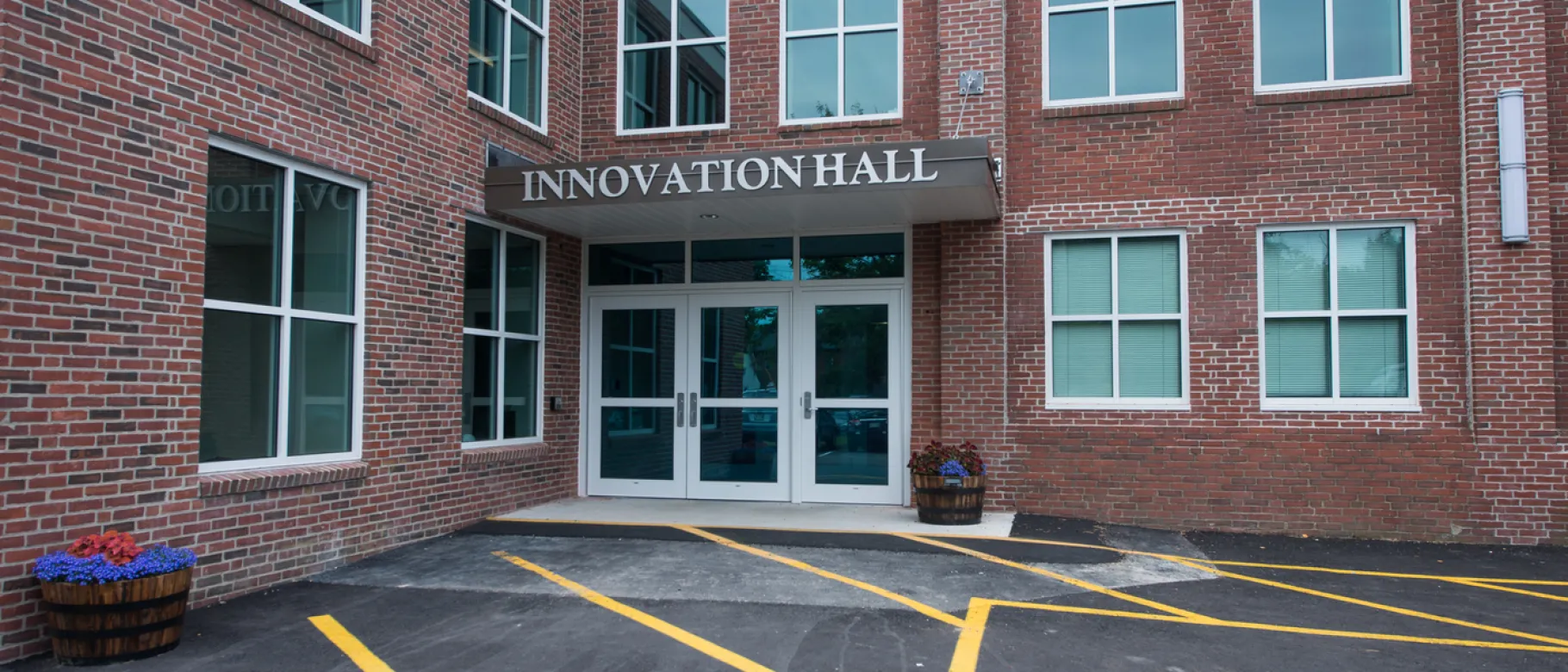Occupational Therapy program embraces simulation for student field work

Last year, the coronavirus pandemic forced many health professions programs at the University of New England to make changes to the way students completed their clinical studies.
In the fall of 2020, the pandemic forced students in UNE’s Master of Science in Occupational Therapy (M.S.O.T.) program to forgo their traditional field work placements in the community, instead completing their level-one Mental Health field work studies using simulated patient actors in the University’s Interprofessional Simulation and Innovation Center (ISIC).
But now, health professions programs like OT are embracing the power of simulation and other technological approaches as the coronavirus pandemic continues to present genuine barriers to in-person clinical experiences.
Over the summer, groups of students once again took to the ISIC for their level-one Rehabilitation, Disability, and Participation in Adulthood field work requirements. There, they met with simulated patients three times over the course of one week to develop occupational profiles for their clients, complete standardized assessments, and propose interventions and treatments. The rest of the week included other targeted education and preparation in support of students’ learning related to course content and field work experiences on campus.
The added bonuses of simulation, said Caroline Beals, M.S., OTR/L, assistant professor in the M.S.O.T. program at UNE, include enhanced leadership roles for the students, who would otherwise be shadowing practicing OTs, and greater control over the clinical situation.
“Rather than follow in the shadows of an OT, the students really step into the role of OT practitioner under the guidance of faculty and under the guidance of their instructors in the course,” said Beals. “It’s a wonderful opportunity for students to learn, grow, and participate in feedback in a low-stakes environment.”
Dawne-Marie Dunbar, MSN/Ed., RN, CHSE, CNE, director of Clinical Simulation for the ISIC, said simulation is valuable in helping students refine their professional skills.
“Simulation provides the unique opportunity to customize learning experiences and immerses students in situations where they can make independent client care decisions using the knowledge and skills they have learned in the classroom,” Dunbar said. “Debriefing with peers and faculty after a simulation session facilitates self-reflective learning that supports the refinement of the student’s professional practice.”
Kris Winston, Ph.D., OTR/L, FAOTA, program director of occupational therapy at UNE, said that simulation has allowed OT curriculum planners to develop a far-reaching approach to educating future OT practitioners.
“We have discovered that using this model has allowed us to develop a comprehensive approach to introducing our students to the OT process,” she said. “Through this, we have been able to ensure that all of our students have a similar experience that includes a client interaction and faculty mentorship related to the OT process.”
But simulation isn’t the only way students are honing their clinical skills.
Last spring, students completing their level-one Interventions with Children and Youth field work experiences did so virtually using Zoom telehealth — a first for the M.S.O.T. program.
“It was an amazing opportunity for our students who wouldn't normally have had a strong telehealth background to really go through the OT process in a telehealth world,” said Elizabeth Crampsey, Ed.D., M.S., OTR/L, BCPR, associate clinical professor of occupational therapy. “When prospective employers ask us if the students have had telehealth training, we can say, ‘yes.’ It’s just another example of how we're adapting and innovating.”
The shift did not come without its challenges, Crampsey said.
The children were not trained as simulated patients — they were just themselves — and the students did not necessarily meet with the same child each day, due to their own online learning schedules. However, Crampsey added, this provided a very real glimpse into the world as practicing occupational therapists.
“The difficulty in scheduling children and students was another logistical hurdle that we had to navigate, but it also created an opportunity for students to hand off important information from one group to the next, just as they would do in an interprofessional clinical context,” she said. “We’ve really had the opportunity to create some teachable moments that we wouldn't have been able to capitalize on if our students were out in the field.”